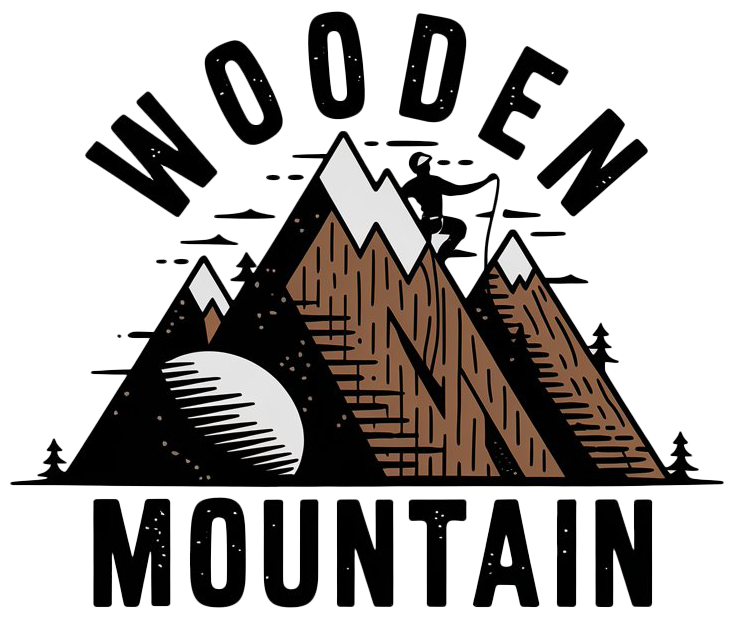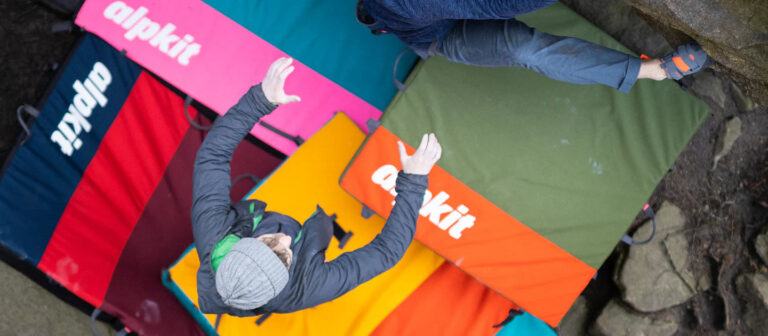If you’ve ever watched someone huck themselves at a big move on a boulder problem and thought, “Wow, they’re brave,” chances are their confidence wasn’t just about strength or guts – it was also about what they were landing on.
Enter the humble but mighty crash pad. Bouldering, unlike rope climbing, means you’re close to the ground but still falling – often from 10 to 20 feet.
And that’s not onto a cushy gym floor or a soft patch of moss. It’s jagged granite, slippery talus, or good ol’ dirt with tree roots waiting to tweak your ankle.
Crash pads turn those sketchy landings into a safety net – assuming you pick the right one and use it smartly. Let’s break down exactly what crash pads are, where they came from, why they matter, and how to pick the one that makes sense for how you climb.
Key Info
- Crash pads are essential for bouldering safety and injury prevention.
- Different fold types suit different terrain – taco for uneven, hinge for flat.
- Size, foam layers, and carry comfort matter when choosing a pad.
- A good setup includes multiple pads and smart placement with a spotter.
A Brief History
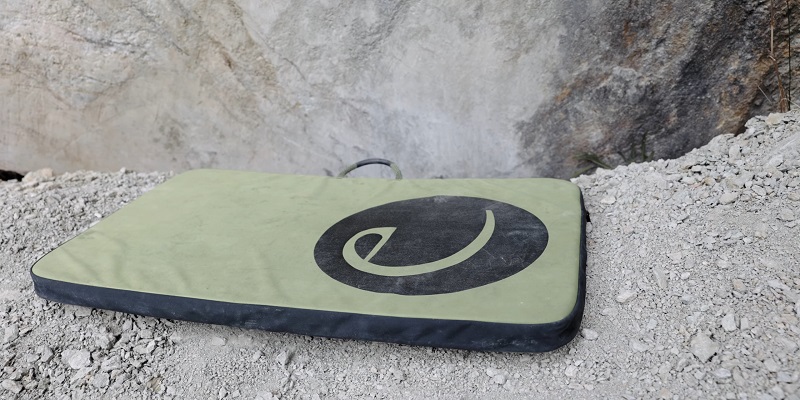
Back in the day, boulderers were scrappy. We’re talking literal couch cushions, old mattresses – whatever could soften a fall. They worked… kind of. But they were clunky, awkward to haul, and not all that protective.
Things shifted in 1992 when John “Verm” Sherman and Bruce Pottenger dropped the first commercial crash pad on the scene – the Sketch Pad. It was simple: 2.5 feet by 3.5 feet, two inches of foam. But it was purpose-built.
From there, the market exploded. Now, you’ve got over 50 brands making pads in all shapes and sizes, with better foam, smarter designs, and features climbers back then wouldn’t have dreamed of – like gear pockets, waterproof fabric, or convertible couches.
Why Crash Pads Matter
Without a pad, a fall from even 10 feet can mean disaster – twisted knees, busted ankles, broken wrists, you name it. That risk doesn’t just apply to beginners either.
Some of the best climbers in the world have had seasons derailed by poorly protected falls. Pads don’t make you invincible, but they do make bouldering safer and more accessible.
They let you push harder, try tougher moves, and keep going after a fall because you’re not terrified of what you’ll land on. And they’re not just for safety. A good pad opens up sketchier problems and highballs – problems like Crimping Matters (V10) at Guanella Pass, Colorado, where the landing is a minefield of talus and uneven rock.
You’re not even attempting it without a solid pad setup, maybe two or three stacked to bridge the gaps and cushion that zone where your heel could catch a rock edge.
What Makes a Good Pad?
Crash pads might look like rectangles with handles, but there’s a lot going on under the surface – literally.
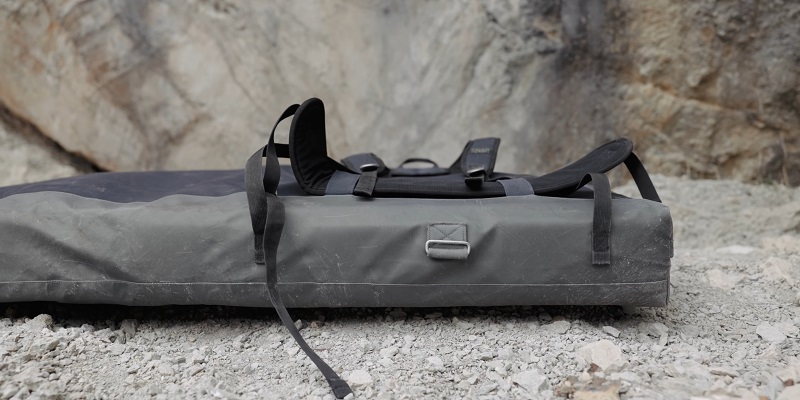
Foam Structure
The soul of any crash pad is its foam. That’s what absorbs impact.
- Closed-cell foam (top layer): Tough, dense, resists compression. Takes the edge off high-impact landings.
- Open-cell foam (middle): Softer, squishier. Absorbs the energy of your fall and spreads it out.
- Sandwich construction: Most modern pads combine both. Think: stiff–soft–stiff. Durable on top, comfy in the middle, stable on the ground.
Folding Styles
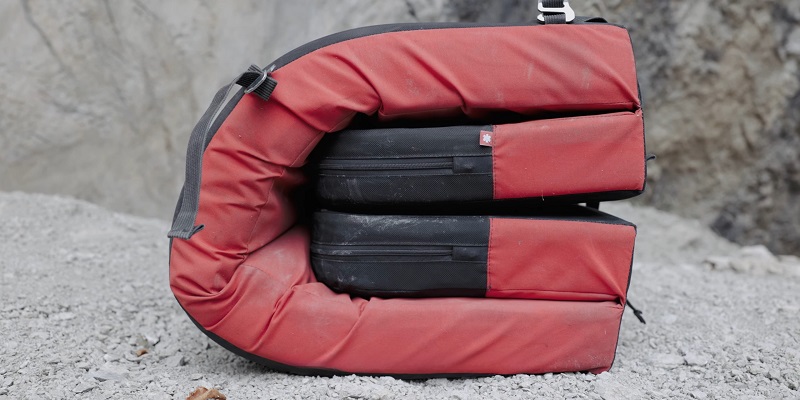
How your pad folds matters for transport and how it behaves when you toss it on a rocky landing.
| Folding Style | Description | Best For |
| Taco | One unbroken foam sheet, folded in half. | Conforms to rocky or uneven terrain. No gaps in the middle. |
| Hinge | Two foam pieces sewn with a fabric hinge. | Lays flat. Easier to carry. Can fold cleanly. |
| Tri-fold | Three panels. | Super compact. Better for tight spaces or car storage. |
| Hybrid | Mix of taco and hinge. | Tries to balance carryability with performance. |
| Baffled | Uses shredded/recycled foam. | Cushy and flexible. Not as supportive for high falls. |
Pad Sizes
Depending on how and where you climb, size matters – but not always in the way you think.
- Big Pads (e.g. Black Diamond Mondo, 44″ x 65″ x 5″): Great for highballs or flat landings. Heavy and bulky, but maximum coverage.
- Standard Pads (e.g. Organic Full Pad, 56″ x 42″ x 4″): Versatile and stackable. Ideal for general outdoor bouldering.
- Small Pads / Sliders (e.g. Organic Slider, 23″ x 35″ x 1″): Thin, lightweight, perfect for sit-starts or plugging awkward gaps.
Pro tip: You’ll rarely see just one pad under a serious project. Most climbers stack or arrange multiple pads depending on how tricky the landing is.
Features That Make a Difference
The best crash pads have little things that make a big difference when you’re hauling gear up a trail or dealing with a cruxy landing.
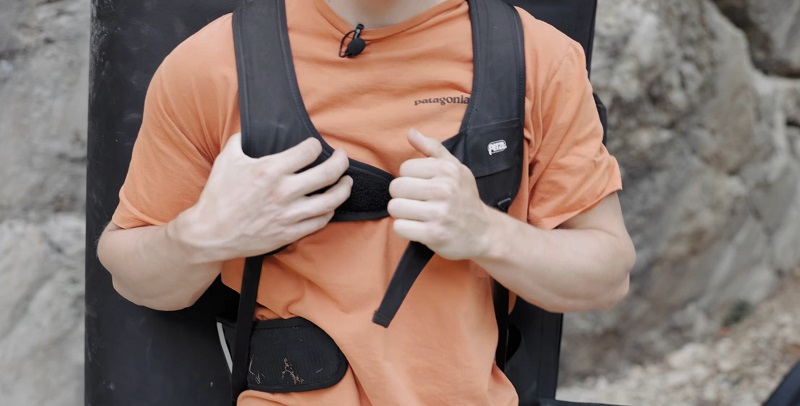
Carry Systems
Don’t sleep on comfort here. Some boulders require long hikes, and 20+ lbs of foam gets real old, real fast. Look for:
- Padded shoulder straps
- Waist and chest straps
- Adjustable suspension systems (like the Mystery Ranch harness on the Organic Backcountry Pad)
Build Quality
Material matters. You want something that’ll hold up to dragging, scraping, and sitting in the back of your truck for months.
- Ballistic nylon (e.g. 1050-denier): Bombproof. Found on high-end pads like Organic.
- Rubberized corners: Protect high-wear areas.
- Zippers and buckles: YKK or metal hardware is more durable than plastic snaps.
Extras
- Flaps or pockets for stashing shoes, chalk, or snacks
- Handles (side and briefcase-style)
- Velcro or straps for connecting multiple pads
- Built-in shoe-wiping mats
- Even convertible couch modes (hello, Petzl Alto)
Picking the Right Crash Pad (With Real Examples)
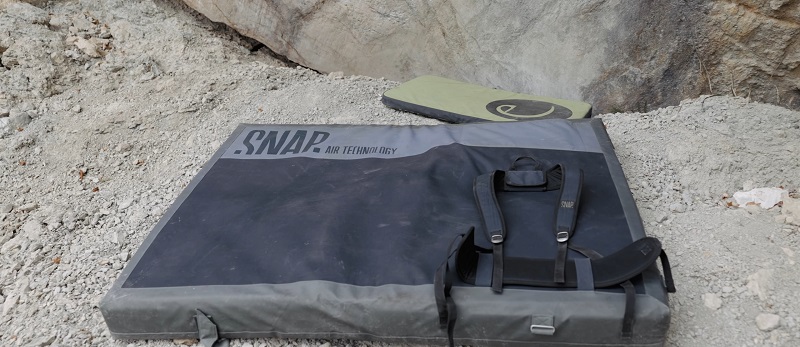
Here’s a cheat sheet to match your style to a pad that fits. Prices are approximate and pulled from current listings.
| Model | Price | Size | Weight | Best For |
| Black Diamond Mondo | $450 | 44″ x 65″ x 5″ | 22 lbs | Highballs and flat landings |
| Metolius Magnum | $400 | 70″ x 47″ x 4″ | 18.7 lbs | Big landings with lots of surface |
| Organic Full Pad | $199 | 56″ x 42″ x 4″ | 12 lbs | Versatile, repairable, durable |
| Petzl Alto | $320 | 46″ x 39″ x 4″ | 12.5 lbs | Taco fold, uneven terrain, waterproof |
| Kinetik Newton 4.0 | $220 | 50″ x 37″ x 4″ | 14 lbs | Hybrid hinge for rough terrain |
| Metolius Session II | $200 | 50″ x 37″ x 4″ | 9 lbs | Lightweight, budget-friendly |
Recommendations by Use
- High Falls: Go thick – Black Diamond Mondo or Metolius Magnum
- Rocky, Sloped Landings: Taco or hybrid folds – Petzl Alto, Kinetik Newton
- Budget-Conscious Climbers: Metolius Session II or Organic Full Pad
- Portability Needed: Small pads or light midsize ones like Black Diamond Circuit
Real-World Setup
Imagine bouldering in Hueco Tanks, with narrow landings between rocks. You might layer a big pad like the Mondo, then toss a small slider over the seam or tree root sticking up.
Your spotter keeps shifting pads to follow your line – especially on dynamic moves where you’re likely to launch sideways. At Fontainebleau, landings are rarely flat. Taco-fold pads like the Petzl Alto shine here because they mold to the terrain.
Throw in a couple of sliders to bridge gaps or throw under sketchy heel-hook landings. Even the best pad can’t save a fall if it’s placed wrong – or if it slips on impact. That’s where a good spotter and smart pad placement come into play.
Final Thoughts
Crash pads have completely changed what’s possible in bouldering. They’re not just foam rectangles – they’re tools that help climbers send harder, stay safer, and climb longer.
From small projects to sketchy highballs, having the right pad – and using it well – can be the difference between a send and a season-ending injury. If you’re serious about bouldering, think of your crash pad like your harness in rope climbing.
Choose wisely, take care of it, and it’ll take care of you.
